Table of Contents
Top 5 Dried Savory Substitutes
Need a quick replacement for dried savory? These herbs work best for immediate use:
- Oregano – Closest match for Mediterranean dishes. Use 1:1 ratio. Best for pizza, pasta, and tomato sauces.
- Thyme – Mild and floral. Ideal for soups, stews, and roasted vegetables. Use 1:1 ratio.
- Marjoram – Sweeter and milder than oregano. Perfect for sauces and dressings. Use 1:1 ratio.
- Rosemary – Strong pine-like flavor. Use sparingly (½ tsp per tsp of savory) in hearty dishes like roasts.
- Parsley – Best as garnish or in light dishes. Use fresh for brightness.

Detailed Substitutes Guide
1. Oregano
Oregano is the closest match for dried savory, especially in Mediterranean-style dishes. It has a similar earthy and slightly bitter flavor, though it tends to be more pungent. Use it in a 1:1 ratio, but be careful not to overdo it, as oregano can easily overpower a dish.
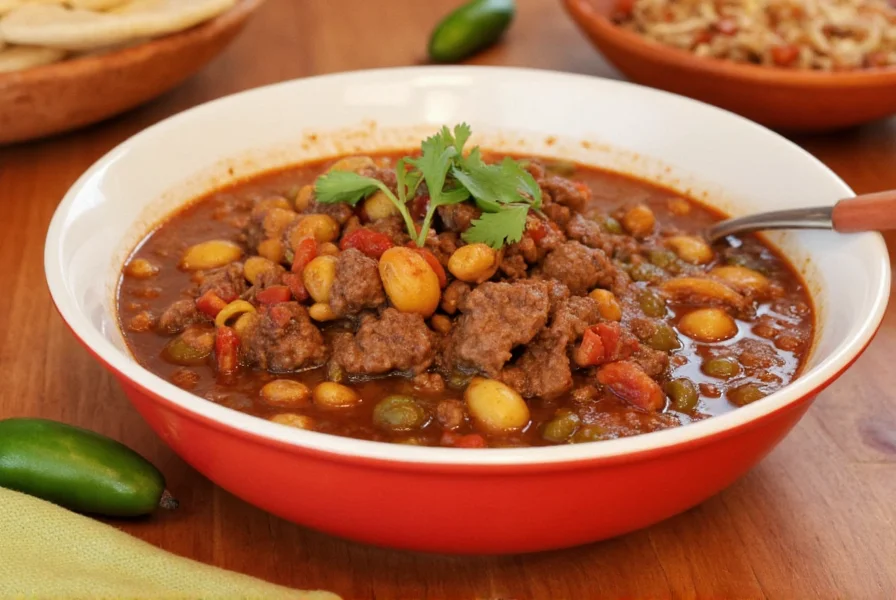
2. Thyme
Thyme is another excellent option, particularly for use in soups, stews, and roasted vegetables. Its subtle, floral, and slightly lemony notes make it a good match for savory. However, it doesn't have the same peppery kick as savory, so it works best in milder dishes.
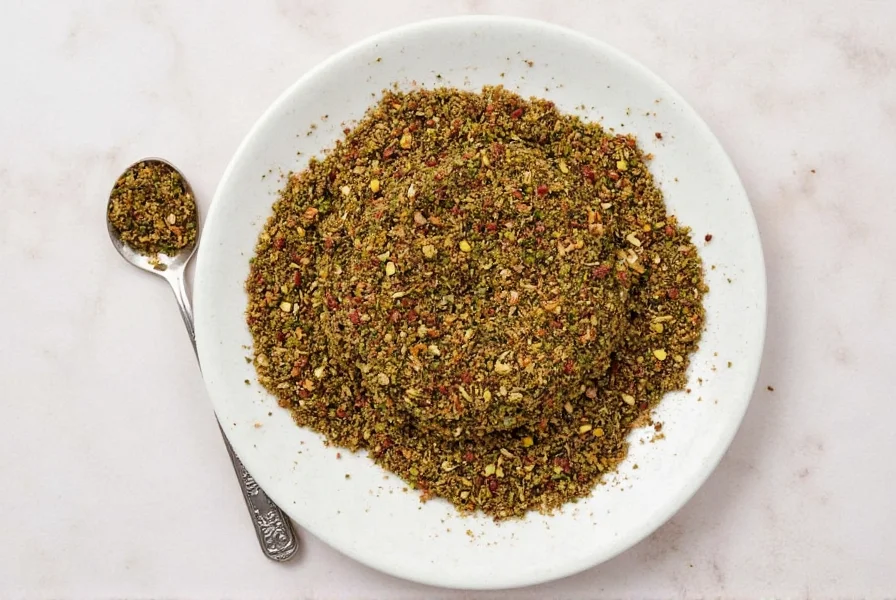
3. Marjoram
Marjoram is often considered the milder cousin of oregano. It has a sweet, citrusy, and slightly spicy flavor that can work well in place of savory. It's great for adding depth to sauces and dressings.
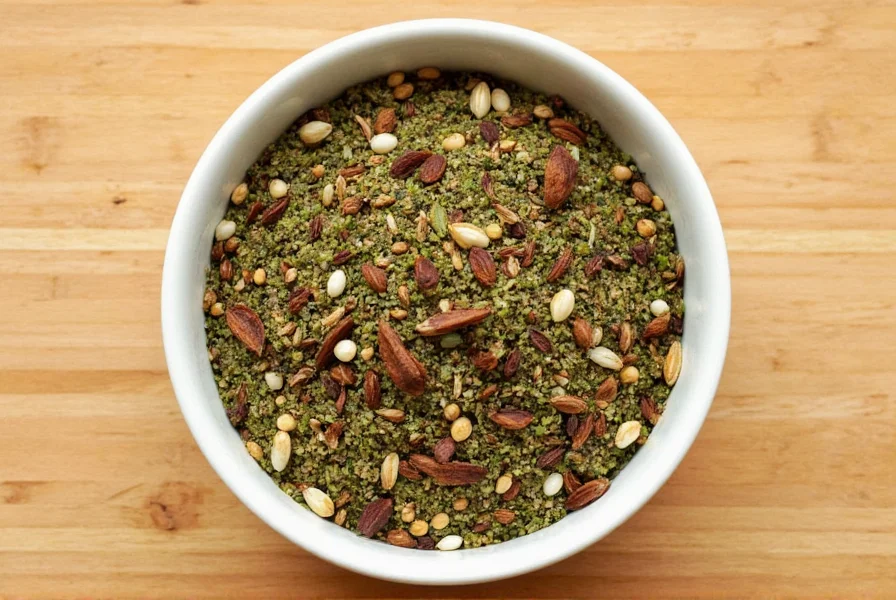
4. Rosemary
Rosemary has a stronger, more pine-like flavor than savory, but it can be a good alternative in hearty dishes like roasted meats or root vegetables. Use it sparingly, as it can become overwhelming quickly.
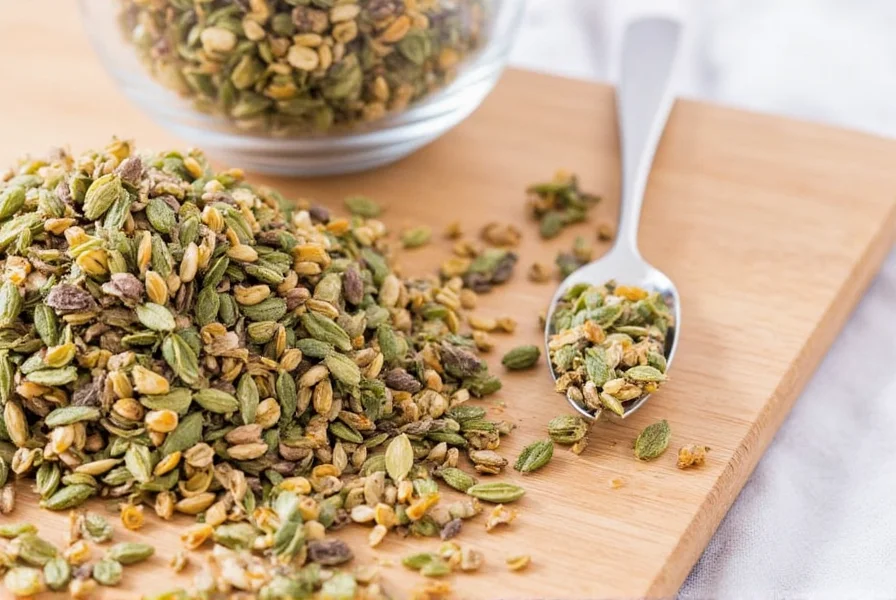
5. Parsley
Parsley is a bit of a stretch, but it can work in certain dishes—especially those that rely on freshness rather than boldness. Use it as a garnish or in light, delicate recipes where the absence of savory won't be too noticeable.

How to Use the Substitutes
- Start Small: Since these substitutes can have strong flavors, begin with a smaller amount and adjust to taste.
- Combine Flavors: For balanced flavor, try combining two herbs (e.g., ½ tsp thyme + ¼ tsp marjoram for 1 tsp savory).
- Use Timing: Rosemary and thyme work best when cooked early; parsley is best added raw at the end.
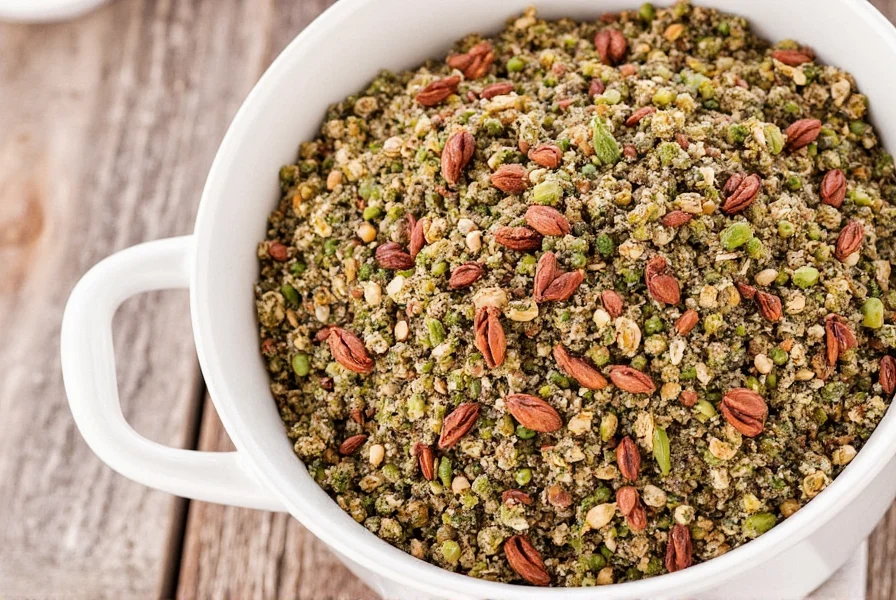
Frequently Asked Questions
What is the closest substitute for dried savory?
Oregano is generally considered the closest substitute for dried savory, especially in Mediterranean dishes. It has a similar earthy flavor profile, though it tends to be more pungent. Use it in a 1:1 ratio, but be cautious not to overdo it as oregano can easily overpower a dish.
Can I substitute fresh savory for dried savory?
Yes, but you'll need to adjust the quantity. Generally, use 3 times the amount of fresh savory as you would dried (for example, 1 teaspoon dried = 1 tablespoon fresh). Fresh savory has a milder flavor, so you may need to use more to achieve the same intensity.
What's the difference between summer savory and winter savory?
Summer savory has a milder, sweeter flavor and is typically used fresh in dishes like beans, salads, and light sauces. Winter savory has a stronger, more peppery flavor that holds up better in cooking, making it better for roasts, stews, and heartier dishes. Most dried savory available commercially is winter savory.
Can I use poultry seasoning instead of dried savory?
Yes, poultry seasoning can work as a substitute since it typically contains savory along with other herbs like thyme, marjoram, and sage. Use about 3/4 teaspoon of poultry seasoning for every 1 teaspoon of dried savory called for. The flavor won't be identical, but it will provide a similar herbal profile.
How do I store dried savory substitutes to keep them fresh?
Store dried herb substitutes in airtight containers away from heat, light, and moisture. Properly stored, most dried herbs will retain their flavor for 1-2 years. To test if your dried herbs are still potent, rub a small amount between your fingers and smell it - if the aroma is weak, it's time to replace them.
Can I combine multiple substitutes for better results?
Absolutely! Many chefs recommend combining substitutes for more complex flavor. A good starting ratio is 1/2 teaspoon thyme + 1/4 teaspoon marjoram + 1/4 teaspoon rosemary to replace 1 teaspoon of dried savory. Adjust to taste based on your specific recipe and preferences.
Are there any non-herb substitutes for dried savory?
For those avoiding herbs entirely, you could try a combination of celery seed (for earthiness) and a pinch of red pepper flakes (for the peppery note). In bean dishes specifically, a small amount of smoked paprika can provide depth similar to savory. However, these won't perfectly replicate savory's unique flavor.
Buying Guide
| Product | Features | Advantages | Use Cases | Target Audience | Suitable Occasions |
|---|---|---|---|---|---|
| Dried Oregano | Strong, earthy aroma; long shelf life | Great for Mediterranean dishes | Italian pasta, pizza, tomato-based sauces | Cooking enthusiasts, home chefs | Weekend meals, family dinners |
| Dried Thyme | Mild, aromatic, and versatile | Works well in soups, stews, and roasts | Roasted chicken, vegetable soups, meat marinades | Home cooks, health-conscious individuals | Family gatherings, holiday meals |
| Dried Rosemary | Pine-like, strong, and fragrant | Perfect for roasted dishes and baked goods | Roast potatoes, breads, meat rubs | Chefs, baking lovers | Special occasions, festive meals |
| Dried Marjoram | Delicate, sweet, and slightly spicy | Excellent for sauces and dressings | Salads, meatloaf, creamy sauces | Cooking students, beginners | Quick meals, lunchtime dishes |
| Dried Parsley | Fresh, bright, and mild | Good for garnishing and finishing touches | Salads, soups, dips | Health-focused eaters, casual cooks | Snacks, light lunches |
When purchasing dried herbs, look for products that are stored in airtight containers to preserve their potency. Freshness is key—always check the expiration date and opt for organic or high-quality brands when possible.
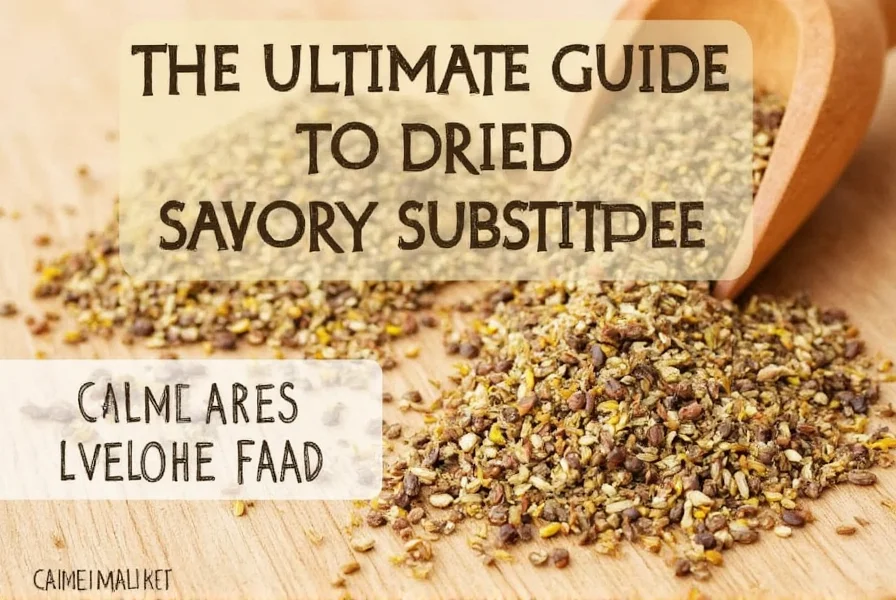
Conclusion
Knowing the best dried savory substitutes can be a game-changer in the kitchen. Whether you're dealing with a shortage of your go-to herb or simply eager to explore new flavors, these alternatives offer flexibility and creativity. Remember, while no substitute can perfectly mimic the distinct taste of dried savory, the right combination can bring out a whole new dimension of flavor in your dishes.
So next time you reach for your spice rack, don't worry about running out of dried savory. With a little knowledge and experimentation, you'll always have a flavorful backup plan ready to go. And who knows—maybe you'll discover a new favorite in the process!
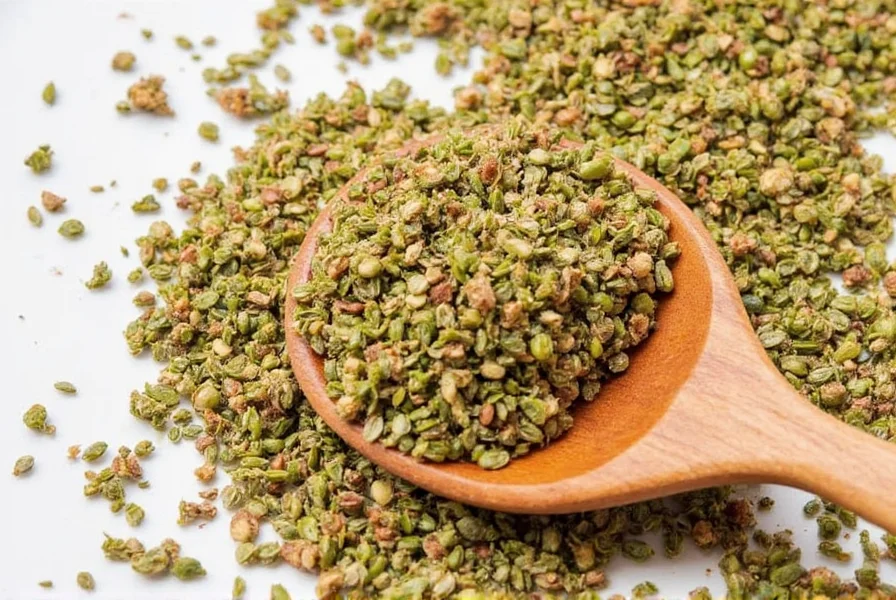
Remember, the key to great cooking is not only having the right ingredients but also being open to new possibilities. Happy cooking!

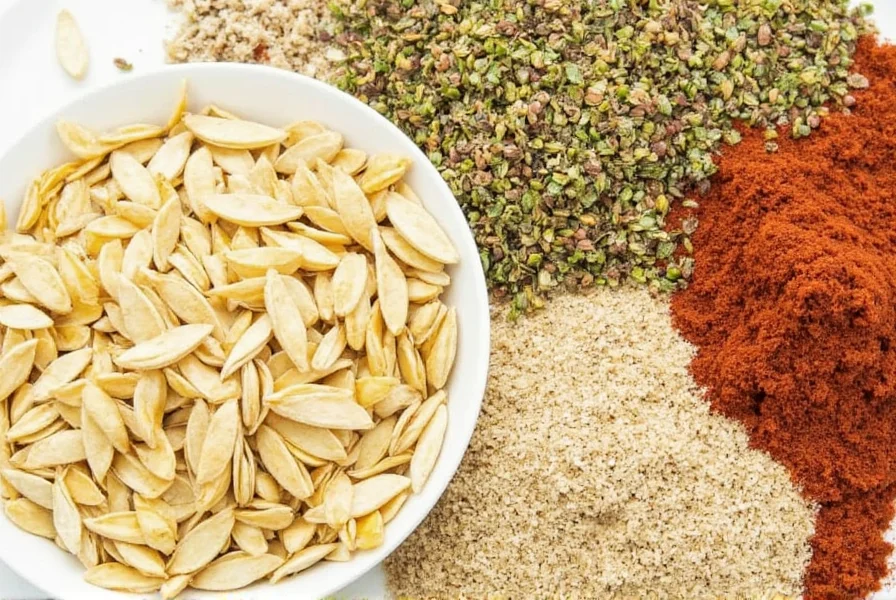









 浙公网安备
33010002000092号
浙公网安备
33010002000092号 浙B2-20120091-4
浙B2-20120091-4